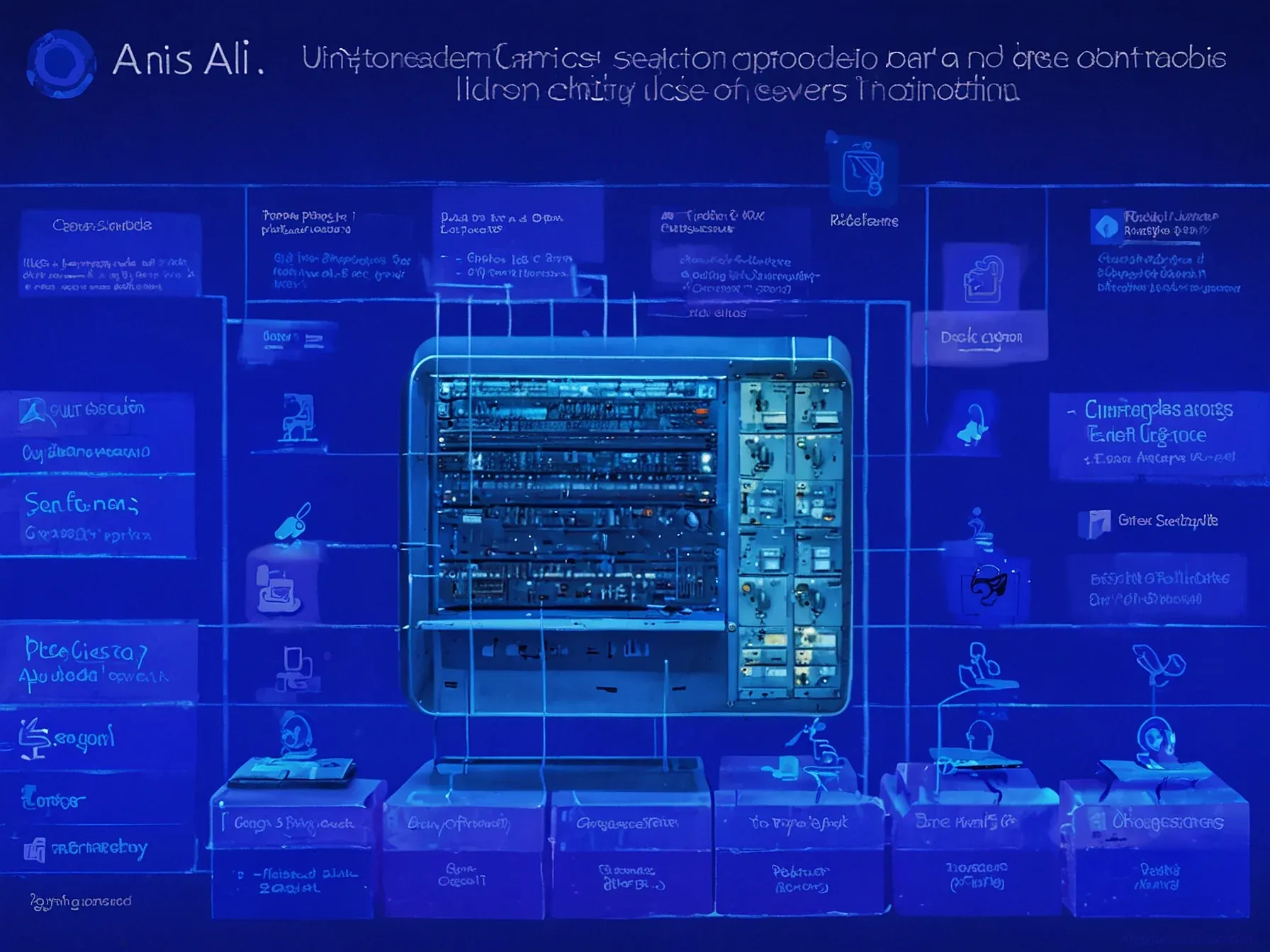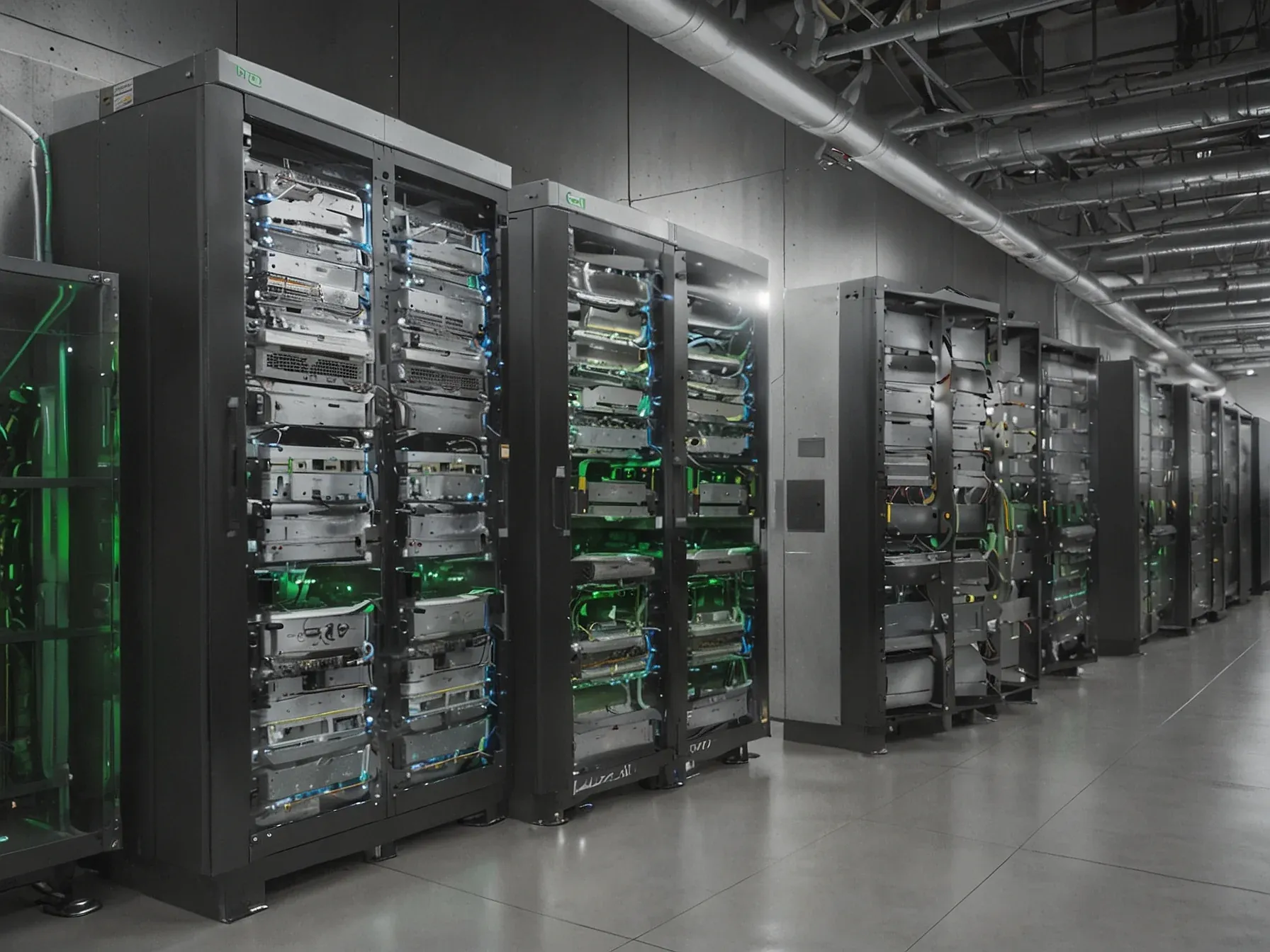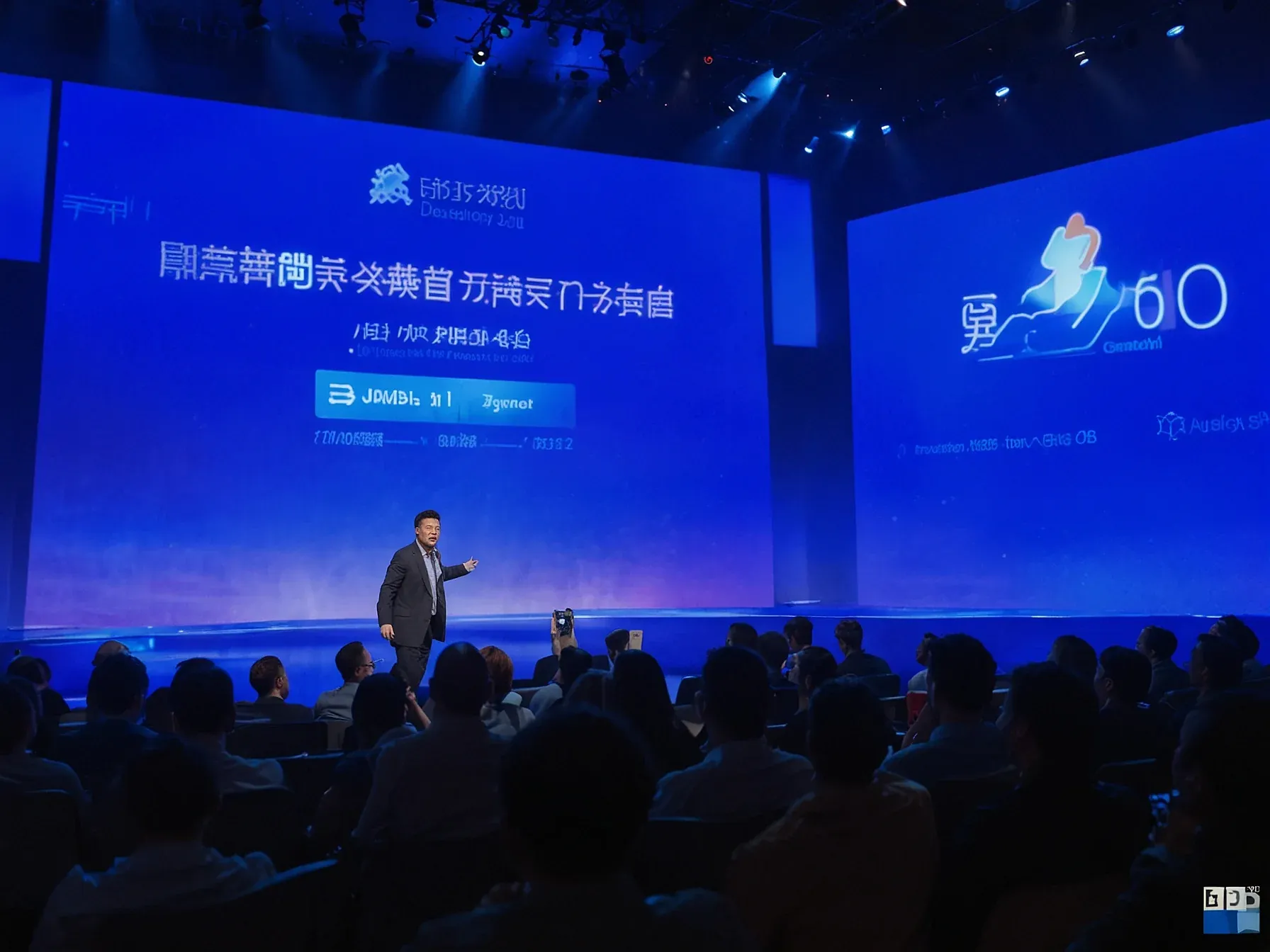
Nadella cautions rivals: low‑margin AI compute vs. Microsoft’s platform push
Why does this matter? Satya Nadella has been warning competitors that chasing cheap AI horsepower won’t pay off. While the tech is impressive, low‑margin compute alone won’t sustain a business that wants to shape the next wave of AI‑driven offerings.
Here’s the thing: Microsoft isn’t just throwing more servers at the problem. The company is positioning its cloud as a full‑stack platform, aiming to embed tools and services that go beyond raw processing power. But there’s a twist.
Nadella’s comments suggest that the real value will come from partnering with the most advanced model builders—OpenAI, Anthropic, Deepmind—rather than trying to out‑price them on raw cycles. The message to rivals is clear: focus on the higher‑value layers that turn models into products, or risk being left behind. As the AI market matures, Nadella expects companies like OpenAI, Anthropic, and Deepmind to become foundational layers for thousands of new products and services.
Microsoft's goal is to power that ecosystem not just with raw compute, but with the infrastructure and tools needed to support the next g
As the AI market matures, Nadella expects companies like OpenAI, Anthropic, and Deepmind to become foundational layers for thousands of new products and services. Microsoft's goal is to power that ecosystem not just with raw compute, but with the infrastructure and tools needed to support the next generation of AI innovation. Microsoft prepares for pay-per-agent AI era Nadella sees AI fundamentally reshaping Microsoft's core business. Office, once known as a suite of end-user tools, is evolving into infrastructure for AI agents, digital assistants capable of handling actual work on behalf of users.
Nadella draws a line. He warns rivals against low‑margin compute. Oracle aims to outpace Microsoft by 2028 with cheap hosting deals for big AI firms.
Microsoft, however, refuses to chase quick, price‑driven wins. Instead, it bets on infrastructure and tools that go beyond raw horsepower. As the AI market matures, Nadella expects OpenAI, Anthropic and DeepMind to become foundational layers for thousands of products and services.
The company’s goal is to power that emerging ecosystem, not merely sell cycles at the lowest cost. Whether a low‑margin strategy can sustain the massive data‑center investments required remains uncertain. Critics might argue that price pressure could erode margins, yet Microsoft’s focus on higher‑value services suggests a different calculus.
The conversation leaves open how competitors will balance cost and capability in a rapidly evolving field. Can price alone win the race? Ultimately, the outcome will depend on whether the broader AI community adopts Microsoft’s platform approach or finds cheaper compute sufficient for their needs.
Stakeholders will watch closely as the two models clash, gauging which delivers sustainable growth without sacrificing performance.
Further Reading
Common Questions Answered
Why does Satya Nadella warn competitors against focusing on low‑margin AI compute?
Nadella argues that simply offering cheap AI horsepower cannot sustain a business that wants to shape the next wave of AI‑driven offerings. He believes long‑term success requires a full‑stack platform with infrastructure and tools, not just raw processing power.
How is Microsoft positioning its cloud to compete with Oracle's cheap hosting strategy for AI firms?
Microsoft is refusing to chase price‑driven wins and instead bets on a comprehensive platform that embeds tools and services beyond raw compute. While Oracle aims to outpace Microsoft by 2028 with low‑cost hosting, Microsoft focuses on infrastructure and pay‑per‑agent AI models to power the ecosystem.
What role does Nadella envision for OpenAI, Anthropic, and DeepMind in Microsoft's AI strategy?
Nadella expects these companies to become foundational layers for thousands of new products and services. Microsoft aims to power that emerging ecosystem by providing the necessary infrastructure and tools, not merely raw compute.
What does the term 'pay‑per‑agent AI era' mean in the context of Microsoft's future plans?
The pay‑per‑agent AI era refers to a model where customers are billed based on the usage of individual AI agents rather than generic compute resources. Microsoft is preparing for this shift by building a platform that supports granular AI services and tooling.




